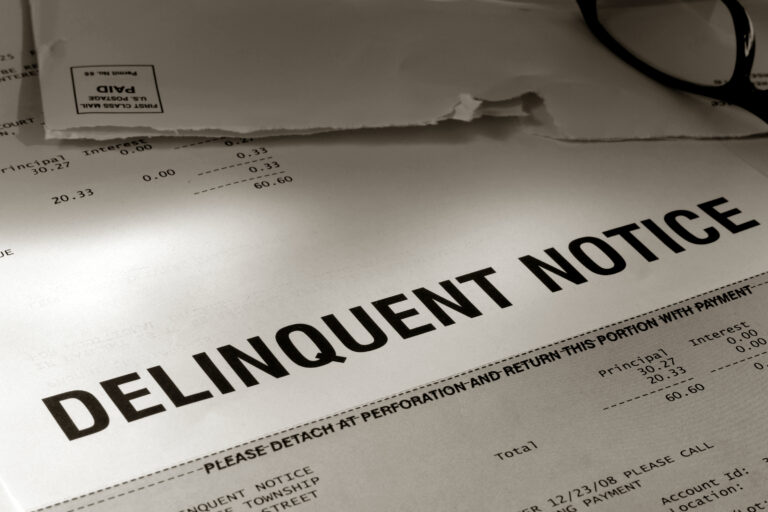Conceptually, B2B payment processing isn’t all that complicated. You have something I want, and I have something you want. So we trade.
But as the stakes grow larger and the number of transactions increases — like when two businesses want to make some kind of exchange — effectively managing these sales and purchases can quickly become overwhelming for even a team of people.
Luckily, we live in innovative times where technology can keep up with the day’s demands. Making the right choice when selecting a business-to-business (B2B) payment platform can make even the more complicated B2B transactions seem simpler.
Here are the B2B payment processing features to look for when exploring which is the best B2B payment platform for your business.
What is B2B payment processing?
Before we jump into features, let’s take a second to review the essential of B2B payments.
A B2B payment is any financial transaction that occurs between two organizations or companies — rather than transactions involving an individual. B2B payment processing, in turn, relates to whatever mechanisms and related operations a business uses to track, manage, and complete these exchanges.
The complexity and nature of these efforts can be as simple as handing over some cash along with a handshake, or it might incorporate transactions conducted by advanced software that can process cryptocurrency payments and integrate with third-party fintech platforms.
While physical checks are still the most common method of B2B payment — at least according to data obtained by Mastercard Inc. — an increasing number of companies are shifting their payment strategies to more modern digital methods, like B2B e-invoicing and related payment systems.
What do today’s B2B payment platforms encompass?
As technology continues to march forward, innovations are constantly being added to B2B payment platforms. But ideally, each of these advances is designed to accelerate the issuing, receiving, and processing of payments, all while bolstering the management of your company’s cash flow.
Typically, B2B transactions incorporate more complex terms than simply paying cash up front — with most exchanges involving some manner of credit extension that requires payment 30, 60, or 90 days after invoicing. And since these unrealized payments are flowing both in and out of your organization, accurately accounting for these exchanges within your company financials requires increased effort and routinely involves the participation of dedicated staff and specialized software.
An effective B2B payment platform won’t just be a single application but instead, a collection of tools and software that can accommodate a variety of payment-related financial operations — such as accounts payable (A/P), accounts receivable (A/R), or invoice management.
After all, a solution that can effectively manage the receipt, validation, and payment of incoming invoices likely won’t be useful in sending automated payment reminders to your customers.
Ultimately, the critical component of a modern payment platform is integration and centralization. If your various applications can readily communicate not only with each other but with the platforms of your vendors, suppliers, and customers, you’ll be in a much better position to manage your company’s overall financial health.
8 features to look for when looking for B2B payment solutions
1. Versatile B2B payment options
The companies you buy from and sell to will all have different demands and expectations regarding how they exchange funds with your business, from credit card payments to paper checks and beyond. An effective platform will offer you the ability to accommodate a broad range of B2B payment types, including but not limited to:
- Automated clearing house (ACH) transfers
- Cash
- Credit cards
- Cryptocurrency
- Fintech platforms (e.g., PayPal, Square)
- Paper checks
- Virtual cards
- Wire transfers
And depending on the scope and future direction of your business, you might also want to verify that the software you choose can accommodate international transactions and currency conversions.
2. Automated B2B workflows
Why spend more time and energy processing your B2B payments than you have to? By automating your A/R and A/P processes, your business can avoid unnecessary workflow delays and keep payments moving — even when your human workers aren’t even in the office. Automation also helps to reduce the potential for fraud or unintended mistakes to disrupt your financial operations and cost your business money.
In addition, depending on the capabilities of the platform, you might be able to reduce your overall paper use by capturing relevant data via software integration or by scanning incoming documentation with optical character recognition (OCR) technology.
For more information, check out our resources on How to Automate Accounts Receivable and How to Automate Accounts Payable.
3. B2B reporting features
Audits are a reality. Whether complying with government or industry reporting standards or merely attempting to drive efficiencies within your business, having comprehensive tracking and analytics capabilities is a must for your financial systems.
If possible, choose a solution with A/R & A/P analytics capabilities that provide pre-built reports with not only common metrics but also the ability to generate ad hoc reports focused on any other details that might help identify bottlenecks or verify that recent process improvements are working.
4. Real-time B2B reconciliation
Beyond general reporting, you’ll want a B2B payment platform that can directly integrate with your bookkeeping system. Accurately reconciling incoming and outgoing payments with their corresponding ledger and journal entries can mean the difference between accurately understanding your financial health and making poor decisions that cripple your cash flow. The right solution will handle these core accounting tasks in near-real time or better empower decision-makers to make smart choices when it comes to your organization’s financial future.
Learn More: How to Automate Reconciliation
5. B2B Portals
Incorporating self-service features into your payment processes will not only offload responsibilities from your internal staff. They will likely also improve overall satisfaction for your vendors and customers. An external-facing portal — whether focused on accepting invoices or payments — allows outside users to track the status and review the details of any transactions that are in process. And they can access this information without any of the time delays that would require them to get one of your employees on the phone or to respond to an email.
Further, by focusing A/P efforts through an e-invoicing site or automated A/R and collections efforts to a portal that encourages digital payment methods, your business can cut out unneeded delays common to paper-based payment efforts.
6. B2B credit management tools
Unless you’re running a pay-as-you-go operation, you’ll likely be extending credit lines to your customers, allowing them to finalize payment after the relevant goods or services have been delivered. But determining how much credit to extend to an individual customer can be challenging.
Choose a payment platform that allows your staff to easily track the payment history, buying trends, and overall credit rating of each of your customers.
7. Role-based B2B access controls
When payments are being made, fraud is always a concern. Whatever solution you choose, you’ll want one that delivers robust security features to limit access to these critical business systems. Ideally, the tool should also offer automated verification and cross-referencing features — such as 2-way or 3-way matching — that help to avoid errors or B2B payment fraud.
You would also benefit from applications that can restrict usage rights within the tool. For example, within an accounts payable context, you wouldn’t want the same user to be able to both create new vendors and subsequently approve payment to those same vendors.
8. Intuitive B2B payment user interface
Staff assigned to financial operations aren’t always the most tech-savvy workers in your office. So, having a payment solution that is easy to operate — for users inside and outside your business — can help avoid unnecessary headaches and strained relationships. Ideally, the platform will provide payers and payees access to easy-to-digest transaction data. And for your internal employees, adjustments to payment terms or other modifications should be easy to accomplish without needing advanced system or coding knowledge.
Alongside an intuitive platform, you’ll also want a solution that delivers ongoing support, allowing your workers to reach out to experts with any questions or issues.
Invoiced: Automated B2B Payment Processing Solutions for A/P and A/R
No matter your business, no matter your industry, you’re going to be regularly sending and receiving B2B payments. So why not make managing these efforts as simple as possible? With the right automated tools, you can shorten payment cycles and readily unlock increased cash flow, offering you and your company more choices for navigating the current, sometimes volatile market.
So if you’d like to get paid faster and more regularly — all while gaining access to advanced reporting and analytics capabilities — check out our A/R Automation tool. And if efficiently processing, validating, and paying invoices is proving to be a struggle, our A/P Automation software is here to help!
Schedule a demo or create a free account to explore what Invoiced has to offer today!




